Pałac w Kraskowie
© polska.org
POL
near Wałbrzych
© polska.org
Fetching images...
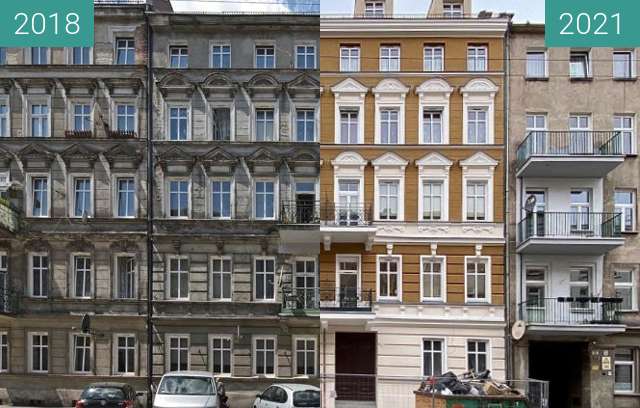

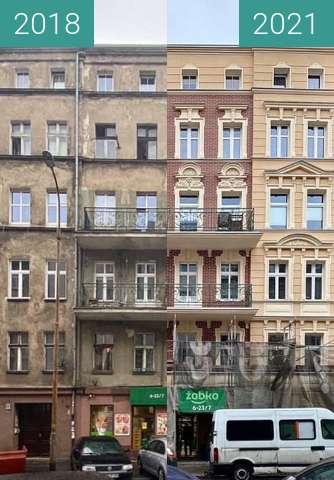
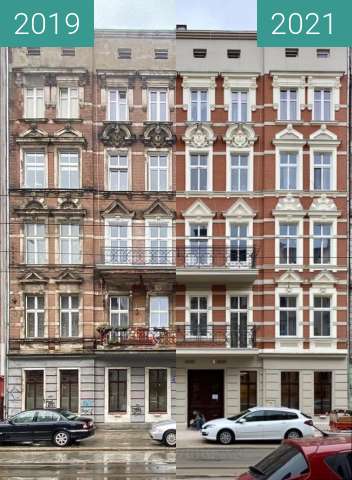
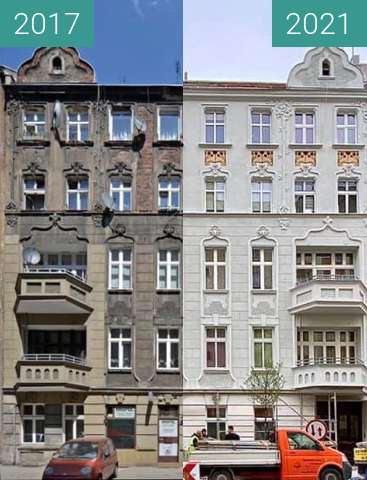
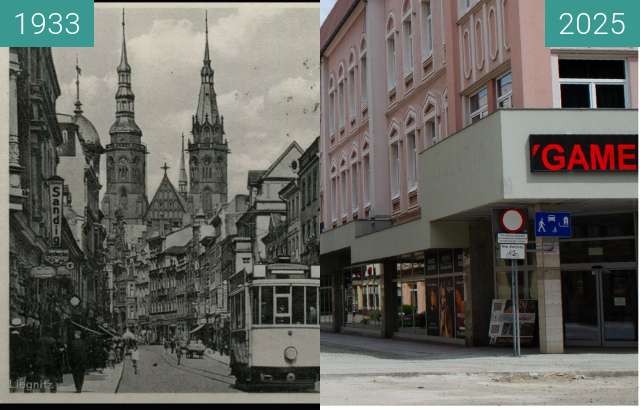
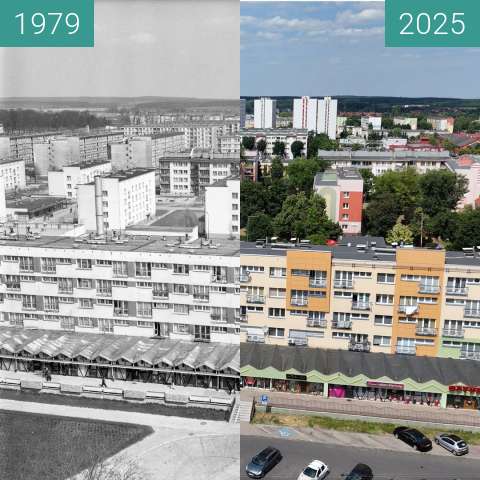
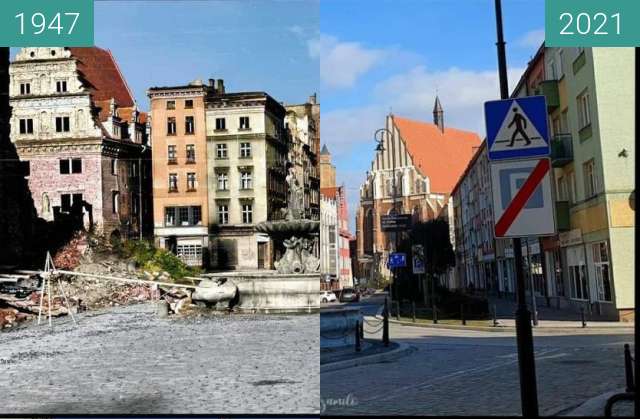
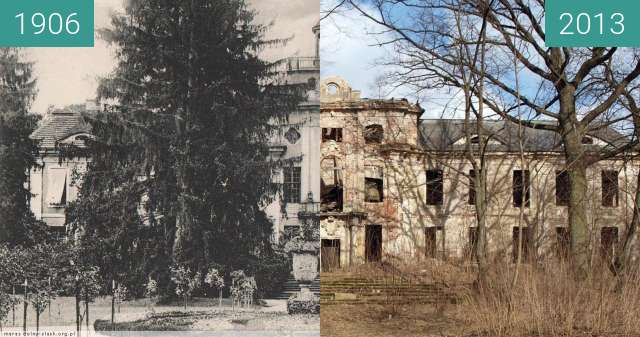
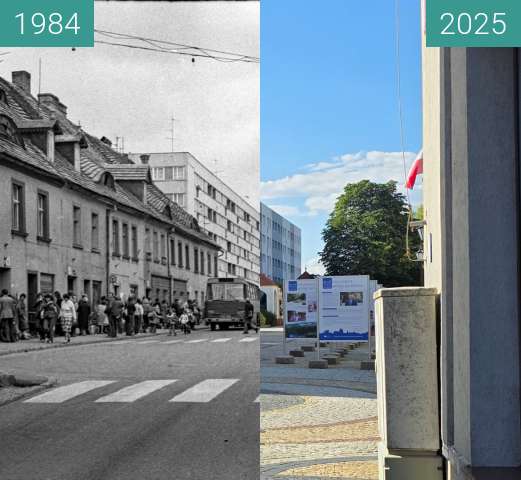
Pałac w Kraskowie zbudowany został przez grafa Davida Sigismunda von Zedlitz und Leipe; pierwotnie istniał tu zamek wodny, który uległ zniszczeniu podczas wojny trzydziestoletniej, mającej miejsce w l. 1618-1648; później na jego miejscu postawiono nowy pałac. Pod koniec XVII wieku właścicielką wsi i pałacu była Anna Elizabeth von Zeidlitz, która wniosła je w 1699 r. w posagu do małżeństwa z hrabią Heinrichem III von Hochberg z Roztoki – Rohnstock[3]. Około 1732 r., kiedy von Hochbergowie zdecydowali się sprzedać Krasków Hansowi Albrechtowi baronowi von Zedlitz und Leipe, pałac został zniszczony przez pożar. Syn Hansa Albrechta, David Sigismund von Zedlitz und Leipe zlecił projekt odbudowy pałacu Fischerowi von Erlach. Powstał nowy obiekt w stylu barokowym, zasypano fosy, na miejscu dawnych wałów i umocnień założono ogrody różane; prace zakończyły się w 1746 r. W 1847 roku Wilhelm zmarł bezpotomnie. Wdowa po nim, hrabina Charlotte Friederike von Zedlitz und Leipe z domu von Panczewski 7 marca 1848 r. w zamian za wypłacanie dożywotniej renty majątek ten, wraz z czterema jeszcze innymi dobrami rycerskimi, przekazała swemu siostrzeńcowi Georgowi Gustavowi Rudolfowi von Salisch. Ród Salischów pozostawał właścicielem pałacu przez następne blisko sto lat, do końca II wojny światowej. Uszkodzony podczas działań wojennych, pałac przez następne lata – we władaniu PRL – ulegał postępującej dewastacji, aż – po przekształceniach ustrojowych w Polsce – wykupił go w 1992 austriacki antykwariusz, który pałac odbudował i urządził w nim luksusowy hotel. W zabudowaniach służebnych pałacu, przy bramie wjazdowej, urządzone jest dwujęzyczne polsko-niemieckie przedszkole. Obiekt jest częścią zespołu pałacowego, w skład którego wchodzą jeszcze: park, powstały dzięki Wilhelmowi Sigismundowi, wnukowi Davida Sigismunda von Zedlitz und Leipe, który w 1847 r. zlecił światowej sławy projektantowi ogrodów Peterowi Lenné projekt parku wokół pałacu; aleja z XIX w.; oficyna z 1746 r.; stajnia z wozownią z początku XIX w.
The palace in Krasków was built by count David Sigismund von Zedlitz und Leipe; originally there was a water castle here, which was destroyed during the Thirty Years' War, which took place in 1618-1648; later a new palace was erected in its place. At the end of the 17th century, the owner of the village and the palace was Anna Elizabeth von Zeidlitz, who brought them in 1699 as a dowry to her marriage to Count Heinrich III von Hochberg from Roztoka - Rohnstock[3]. Around 1732, when the von Hochbergs decided to sell Krasków to Hans Albrecht, baron von Zedlitz und Leipe, the palace was destroyed by fire. Hans Albrecht's son, David Sigismund von Zedlitz und Leipe, commissioned Fischer von Erlach to rebuild the palace. A new building in the Baroque style was built, moats were filled in, rose gardens were established in place of the former embankments and fortifications; the work was completed in 1746. In 1847, William died without issue. His widow, Countess Charlotte Friederike von Zedlitz und Leipe née von Panczewski, on March 7, 1848, in exchange for the payment of an annuity, gave the estate, together with four other knightly properties, to her nephew Georg Gustav Rudolf von Salisch. The Salisch family remained the owner of the palace for the next hundred years, until the end of World War II. Damaged during the war, the palace over the next years - under the rule of the People's Republic of Poland - underwent progressive devastation, until - after the political transformation in Poland - it was bought in 1992 by an Austrian antiquarian who rebuilt the palace and turned it into a luxury hotel. In the servant buildings of the palace, at the entrance gate, there is a bilingual Polish-German kindergarten. The building is part of the palace complex, which also includes: a park, created thanks to Wilhelm Sigismund, grandson of David Sigismund von Zedlitz und Leipe, who in 1847 commissioned the world-famous garden designer Peter Lenné to design the park around the palace; an alley from the 19th century; outhouse from 1746; stable with a coach house from the beginning of the 19th century